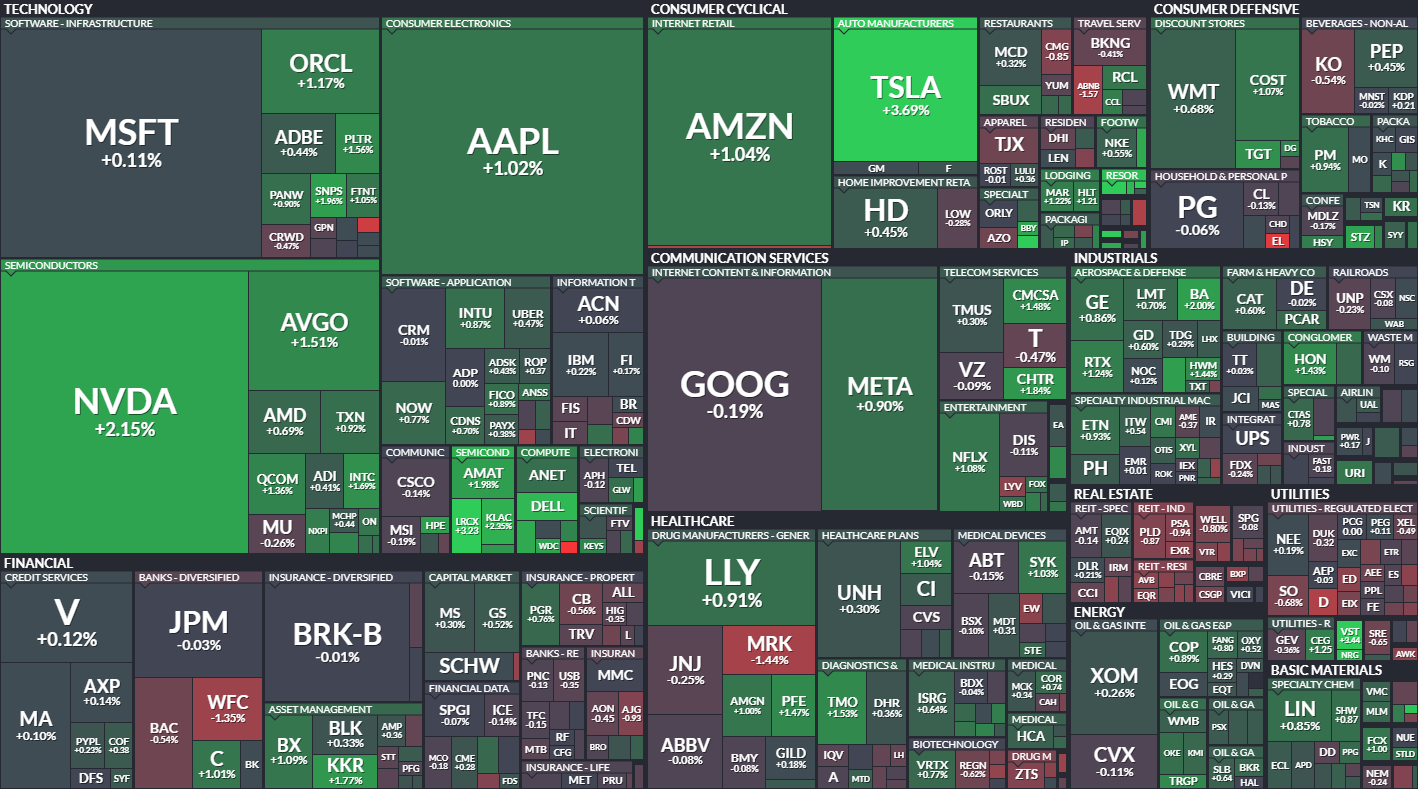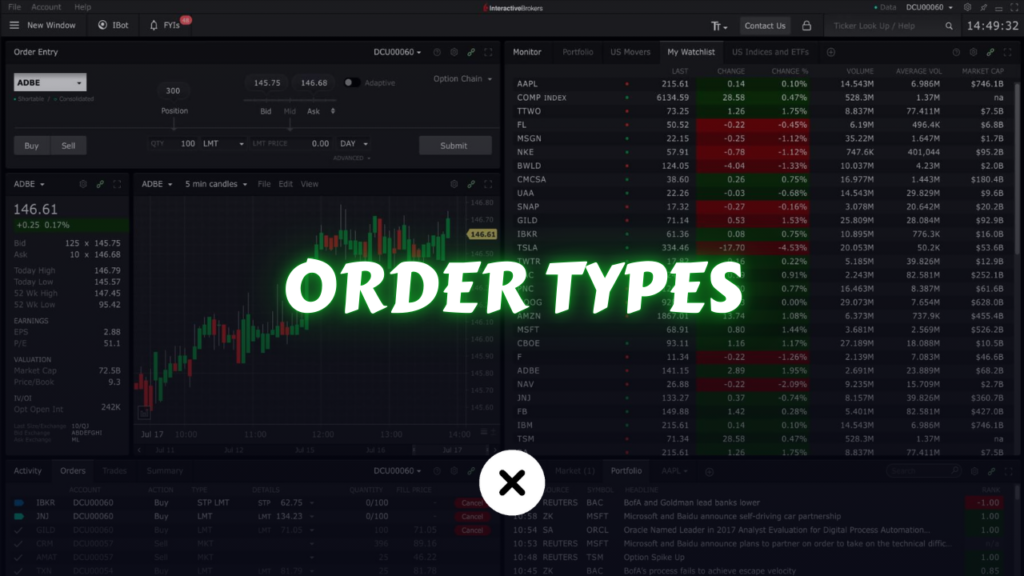When diving into the stock market, understanding how to place an order is one of the first and most crucial steps. This detailed guide will walk you through everything you need to know about how to purchase stocks, from the basics of what an order is to the types of orders available and their practical applications. Whether you’re just starting out or refining your strategy, this article will serve as a definitive resource.
What is an Order?

In stock trading, an order is an instruction given to a broker to buy or sell a stock. The order includes critical details such as:
- Stock Name or Ticker: A unique identifier for the stock (e.g., AAPL for Apple, TSLA for Tesla).
- Quantity: The number of shares you wish to trade.
- Order Type: Specifies the conditions for execution (e.g., market, limit).
- Price: The agreed price for the transaction (if applicable).
- Direction: Whether you want to buy or sell the stock.
Understanding Stock Tickers

A stock ticker is a unique abbreviation assigned to a publicly traded company. For example:
- AAPL represents Apple Inc.
- TSLA represents Tesla Inc.
- MSFT represents Microsoft Corporation.
Knowing the ticker of the stock you want to trade is essential, as it ensures accuracy when placing orders.
Choosing the Quantity of Stock

The quantity refers to the number of shares you want to buy or sell. For instance, you might decide to purchase 50 shares of Apple (AAPL) or sell 100 shares of Microsoft (MSFT). The quantity determines the capital allocation and directly affects transaction costs such as brokerage fees.
Order Types Explained

Stock trading offers a variety of order types to suit different strategies and market conditions. Here’s an in-depth look at the most commonly used ones:
1. Market Order
- Definition: Executes the trade immediately at the best available market price.
- Use Case: Ideal when speed is more critical than price precision.
- Example: You want to buy 10 shares of TSLA immediately. A market order will execute the trade at the current market price.
2. Limit Order
- Definition: Sets a specific price at which you are willing to buy or sell.
- Use Case: Used when you want to control the price of execution.
- Example: If you want to buy TSLA at $250 per share, a limit order ensures the trade only happens at that price or lower.
3. Stop Order
- Definition: Triggers a market order once the stock reaches a specified price.
- Use Case: Commonly used to limit losses or lock in profits.
- Example: If TSLA is trading at $280, you can place a stop order at $270 to sell if the price drops.
4. Stop-Limit Order
- Definition: Combines a stop order with a limit order. When the stop price is reached, a limit order is activated.
- Use Case: Offers more control over execution price.
- Example: A stop-limit order for TSLA at $270 with a limit of $265 ensures you don’t sell for less than $265.
5. Trailing Stop Order
- Definition: Sets a stop price that adjusts as the stock price moves favorably.
- Use Case: Protects profits while allowing for continued gains.
- Example: If TSLA rises from $280 to $300, a trailing stop order set at $10 below the highest price will adjust to $290.
6. Immediate or Cancel (IOC) Order
- Definition: Executes all or part of the order immediately, canceling any unfilled portion.
- Use Case: Suitable for fast-moving markets.
7. Fill or Kill (FOK) Order
- Definition: Executes the entire order immediately or cancels it entirely.
- Use Case: Used for large orders to avoid partial fills.
8. Good ‘Til Canceled (GTC) Order
- Definition: Remains active until filled or canceled manually.
- Use Case: Ideal for long-term strategies.
Trade Direction: BUY vs. SELL

Buying Stocks
- Objective: Purchase shares in anticipation of an increase in value.
- Example: Buy 50 shares of AAPL at $150 each, expecting the price to rise to $200.
Selling Stocks
- Objective: Sell shares to either take profits or minimize losses.
- Example: Sell 30 shares of MSFT at $300 each after buying them at $250.
What is Short Selling?

Short selling allows traders to profit from a decline in a stock’s price. Here’s how it works:
- Borrow shares of the stock from a broker.
- Sell the borrowed shares at the current market price.
- Buy back the shares later at a lower price and return them to the broker.
Example:
- Borrow 100 shares of TSLA and sell them at $300 each.
- When TSLA drops to $250, buy back the shares and return them, keeping the $50 per share profit.
Risks: Short selling carries significant risks, as potential losses are theoretically unlimited if the stock price rises instead of falls.
Examples of Orders
To make things clearer, here are some sample orders:
- BUY Order:
- Ticker: TSLA
- Quantity: 10
- Order Type: Limit Order
- Price: $250
- SELL Order:
- Ticker: AAPL
- Quantity: 50
- Order Type: Market Order
Conclusion
Mastering the process of placing orders is fundamental to successful stock trading. Whether you’re using a market order for immediate execution or a limit order to control price, understanding these concepts will help you navigate the stock market with confidence.
If you’re ready to take the next step, learn about Level II quotes and time of sales, essential tools for active traders looking to optimize their strategies.
